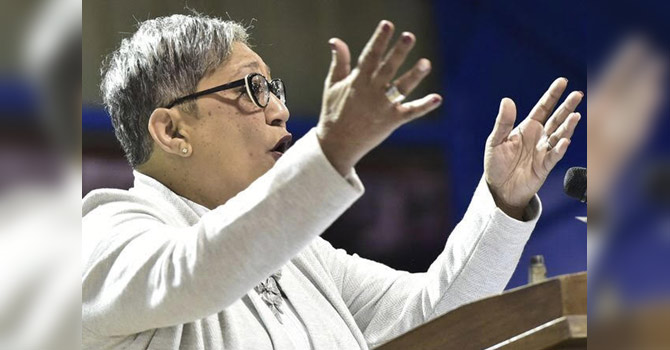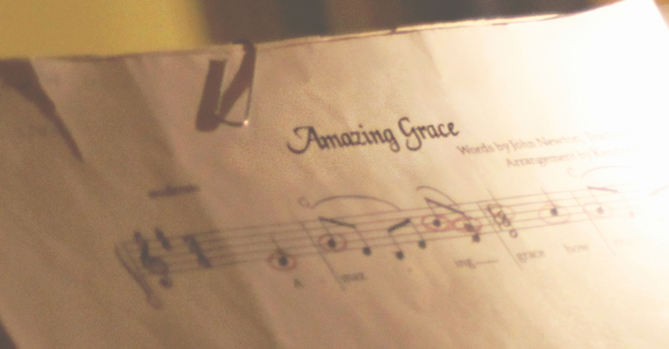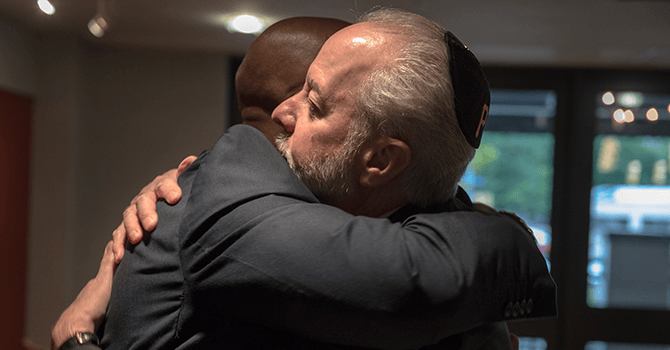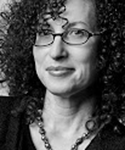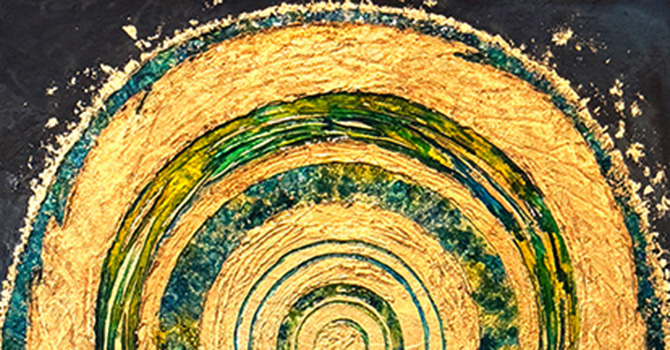Ten years ago next month, nine people were murdered in an act of horrific, racist violence as they met for Bible study in Charleston's historic Emanuel African Methodist Episcopal Church. The tragedy reverberated across the country, and there were hopes that the deaths of the Rev. Sharonda Coleman-Singleton, Cynthia Graham Hurd, Susie J. Jackson, Ethel Lee Lance, the Rev. DePayne Middleton-Doctor, the Rev. Clementa C. Pinckney, Tywanza Kibwe Diop Sanders, the Rev. Daniel Lee Simmons Sr. and Myra Thompson might reset America’s racial trajectory.
That didn’t happen.
In his upcoming book, “Mother Emanuel: Two Centuries of Race, Resistance, and Forgiveness in One Charleston Church,” Pulitzer Prize-winning journalist Kevin Sack looks beyond what some members of the church call “The Tragedy.” He considers the history of the church, of African Methodism and of America’s larger racist legacy.
Sack spoke with Charleston-based writer Stephanie Hunt in May about his decade of research and the necessity of earning the credibility to write the book. The following is an edited transcript of their conversation.
Stephanie Hunt: You were at home in Atlanta on the night of June 17th when you first heard the news reports about the shootings at Mother Emanuel. My sense is that immediately your radar kind of went up and you had an intuition that there were deeper layers in the story. It was not just another incident in a too-long list of gun violence in America.

Kevin Sack: Even before the authorities had conveyed the race and the motivation of the killer, my head just went to the worst place as soon as it was broadcast that this was an African Methodist Episcopal church and a historic one. I think that was born of a lot of journalistic experience spent in and around Black churches, and coming to understand the historic, spiritual and political place of Black churches, particularly in the South, but really all across the country.
I think I understood quickly the level of desecration that had been committed in the fellowship hall at Mother Emanuel. This was the most recent and obviously the most severe and most significant in a long line of attacks on this congregation. It was part of a long pattern of oppression, followed by resistance, followed by more oppression and more resistance, leading to where we are today.
SH: Even that early in the timeline of covering the shootings, were you following this journalistic instinct?
KS: It wasn’t my portfolio to parachute into a big breaking news story at that point. I was on The [New York] Times’ investigative team. I was in the middle of some other project. It wasn’t what I did at that point in my career with the paper, but I was very interested. I was both deeply affected by what had happened that night and hugely fascinated by the history of the church and this notion that was already forming to tell this larger story of African American life in Charleston over two centuries. So I raised my hand.
I spent the first week doing a long profile of Clementa Pinckney that ran on the front page on the morning of his funeral, then I was assigned to cover the service along with our White House correspondent. I was at the TD Arena when President Obama sang “Amazing Grace.” Everyone remembers the service for Obama's singing, but his eulogy related directly to the very themes that I was already thinking about: the place of the Black church and the meaning of this assault on the Black church, and, importantly, the historical and religious roots of the forgiveness that had been expressed by family members for this remorseless killer only two days after the shootings.
SH: You wrote an in-depth 200-year history of African Methodism and the early roots of Methodism in America. We also learn about the Quakers. It's a great primer on early American religious history. What gave you the confidence that you could tell the story?
KS: That I am white and Jewish — so was not raised in the church — and had no particular academic grounding in theology or church development obviously meant that I bore a heavy responsibility. Writing about race always demands sensitivity and empathy. Writing about the intersections of race, faith and politics in the context of a murderous white supremacist rampage added new layers of sensitivity to those tasks. I entered the project with a great deal of humility about all that I did not know and, more importantly, about all that I could not experience or feel about this history in the way that African Americans do and have.
That said, I’m a journalist, and this is what journalists do all the time. In the best of circumstances, we read, report and interview exhaustively enough to understand the subject matter and then convey it fully, fairly and accurately.
The craft would have little professional appeal for me if I were restricted to the confines of my upbringing. The whole point is to learn and discover and then explain, and I resist the notion that certain stories can only be told by certain people. I believe with equal conviction, however, that you have to earn the right to tell those stories by putting in the work. It’s the only way you can compensate.
Once I got my head around the themes I wanted to explore in Charleston, I felt it was my job, maybe my calling, to tell this story, and I felt that I had the journalistic background and the obsessive interest to make a go of it. I had spent an uncommon amount of time over the years reporting from Black and integrated churches, usually about race and politics, so I had fundamental respect for the place of the Black church in the broader expanse of Southern and civil rights history. It was a story I knew was important and undertold.
In the case of Mother Emanuel, it took a solid decade for me to feel I had mastered the material and could write about my findings and thinking with conviction. I read voluminously about the history of Charleston, of South Carolina, of Methodism, of African Methodism, of the Black church and about the theology of forgiveness.
I interviewed roughly 200 people, from congregants to learned theologians across the globe. I submitted drafts to outside readers of different races and perspectives to make sure I was sensitive to other views and approaches. I fact-checked relentlessly.
My lack of innate knowledge and inside experience posed risks. But it also meant that I could approach the subject with a bit of anthropological distance and scholarly curiosity. There were no dumb questions — plenty of embarrassing ones, but no dumb ones. It allowed me to follow trails that naturally caught my interest. The background on the Wesleys is a good example. I had no real understanding of either the theology or historical origins of Methodism, and I figured that if I found it interesting and relevant, the reader would too.
SH: Why is this history important to revisit at this moment in time?
KS: The roots of how faith is practiced in America date back to before the Civil War. Particularly in places like Charleston during the antebellum era, churches were integrated, but only for the purposes of control. It was white [slave owners] bringing their enslaved people to church — but to their churches, governed by them, overseen by them. Even when Black people were a significant majority of the membership, which was the case in the Methodist churches in Charleston, they were nonetheless under the strict and careful control of white overseers.
That ended immediately after the Civil War, when it became clear that whites and Blacks did not want to be sitting in the same pews together. And Blacks were as intent on having their own churches as whites were in not having Blacks in their churches. That history survives today. There are still very few churches that aren’t that way.
Interestingly, Emanuel may now be the most integrated church in town, but only because it’s become a bit of a shrine … with white visitors every Sunday. Relative, to the number of folks in the church on Sunday morning, a good number of them are white visitors.
SH: Mother Emanuel clearly is the title before the subtitle, both the backdrop and a main character, a powerhouse institution, both in our city and in the broader AME landscape and the Civil Rights Movement. You spent a lot of time there over the last 10 years. How is the church today?
KS: It will never be the same, and I don’t think anyone denies that at this point, although there certainly are different levels of acceptance of it. I think people continue to travel along that path at different rates.

We’re about to mark the 10th anniversary of this horrific, horrific crime that took place one floor below where everyone worships on Sunday mornings. The fellowship hall where the shootings took place is for all intents and purposes unchanged from that night. It’s still used on a daily basis for senior lunches and trustee meetings and Sunday school, and the pastor’s office is down there.
Unlike other places that have gone through this kind of trauma, there’s very little to separate it physically and visually from the way it looked and felt 10 years ago. And the congregation has struggled.
In the book I discuss various components of the congregation's early recovery that really set it back. There were two leadership changes in the course of a year, so there was a lot of instability at a time when the church needed stability. There were hard feelings about the way that the church ministered to some of the survivors and about the financial questions that were raised over the collection and distribution of funds that came in. I think a lot of that has settled down.
The building’s in tough physical condition. They are in the middle of a two-phase campaign to raise money for badly needed structural repairs inside. They’ve completed the first phase of it. They had to take out a loan to do it. They’re still paying that off and trying to raise money for the second phase.
SH: Meanwhile, the memorial’s being built on the campus.
KS: They’re still raising money for the memorial too.
It’s kind of interesting — a lot of the churches on the peninsula, particularly African American churches that have suffered because of gentrification, have moved. They’ve moved to North Charleston or West Ashley. Mother Emanuel can’t move because it’s now not only a church but a national historic site and a sacred spot. They’re going to have to stay and find a way to grow the congregation and raise the money to maintain the physical plant without the option that other churches have had of picking up and leaving.
SH: That speaks to the tension that it’s an active church and a place of other symbolism. It’s complicated.
KS: On the one hand, there are some in the church who sort of long for bygone days. They notice the visitors, and it changes the feel of the place. Sometimes they walk in, and there’s an unknowing visitor sitting in their family pew.
On the other hand, those people do bring new life, they bring money, they fill the pews. I think some in the congregation, those with a broader outlook perhaps, see these are folks who might not otherwise have been brought into not only this church, but any church. It’s an opportunity to minister. It’s an opportunity to mission.
SH: The subtitle is anchored by the words “race, resistance and forgiveness.” After being so deep in this, how do those words resonate with you now?
KS: It’s an interesting time to be talking about resistance. This is not an overtly political book. It’s certainly not an overtly partisan book, but it is a book I want to think is true and is about real history — inglorious history, much of it, but American history, nonetheless. And it’s the kind of history we deny or diminish or erase at our deep peril.
I think there’s resistance to be done regarding what we’re seeing these days in terms of the attack on real and full American history, whether it’s the banning of books from the Naval Academy’s library or the overreach of this administration into the activities and intentions of the Smithsonian Institution or certainly the assault that we’re seeing on universities and academic freedoms.
I think there’s a lot of resistance in Emanuel’s story. Now I think we need to mount our own resistance to the distortion or suppression of the telling of that story.


